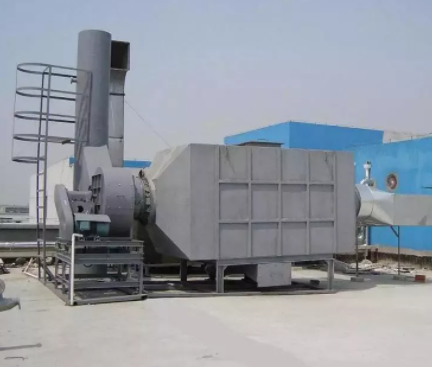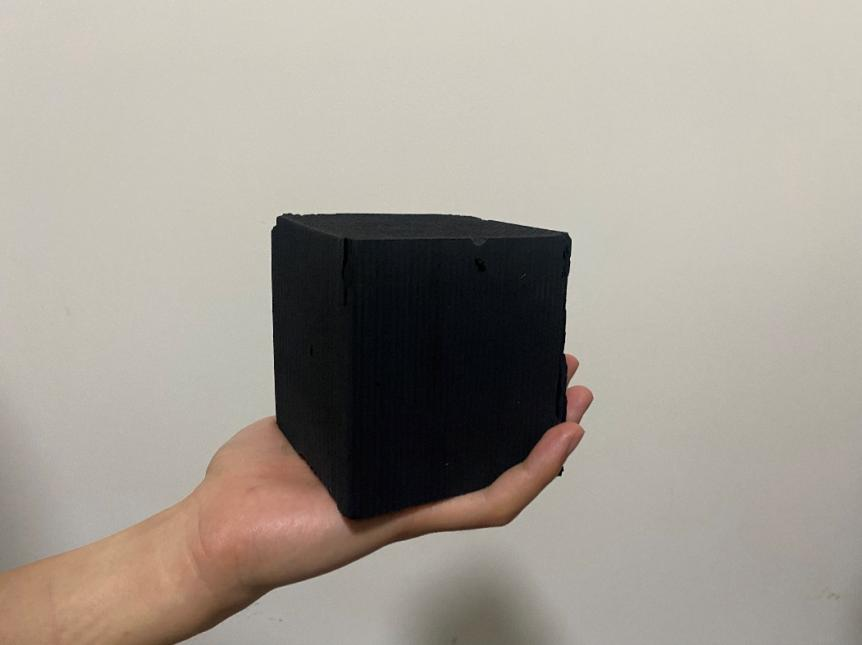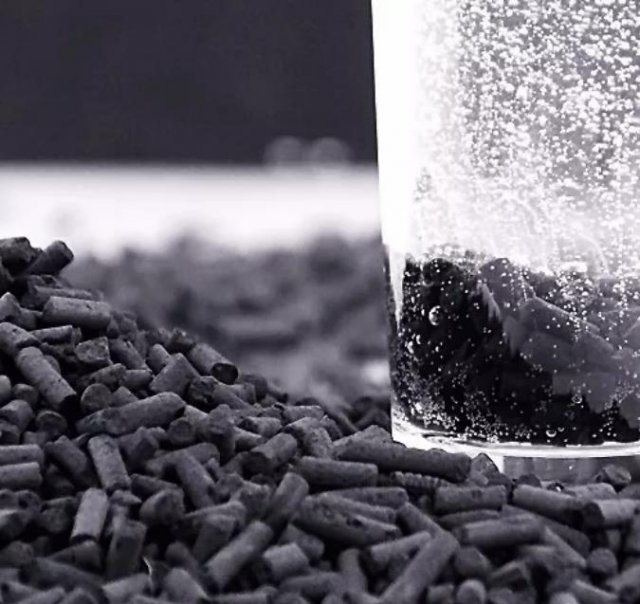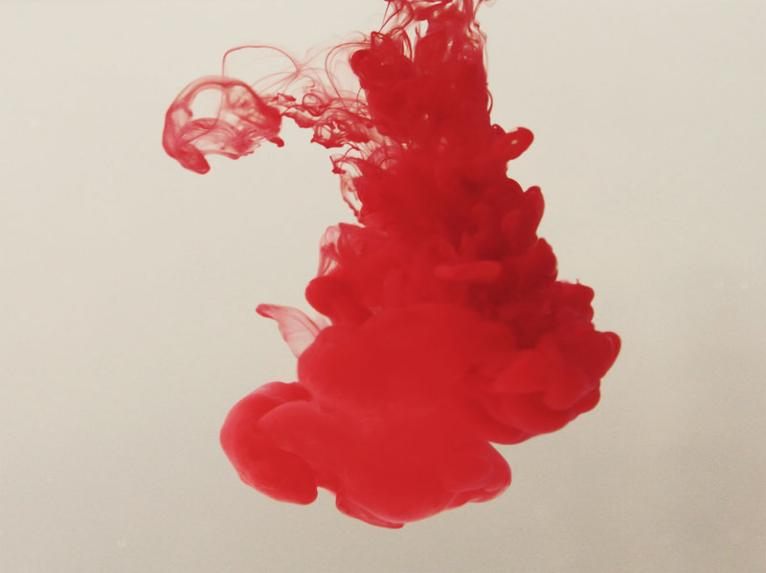
Recently, many municipal ecological environmental management departments have issued management policies for simple and inefficient VOCs treatment facilities and a letter to enterprises, such as prohibiting/gradually eliminating applications such as single activated carbon, low-temperature plasma, photocatalytic oxidation, or additional management methods are needed for such applications. To achieve these inefficient VOCs treatment facilities through real-time dynamic supervision to ensure that they can achieve continuous emissions standards, or put forward specific requirements for the management of activated carbon adsorption facilities. The following is for the most common activated carbon adsorption facilities in the VOCs treatment industry, how to quickly identify the quality of activated carbon for VOCs adsorption? Here are three brief ways:
Enterprises should choose the iodine value of granular activated carbon (an important indicator to measure the adsorption capacity of activated carbon) should not be less than 800mg/g, and the adsorption rate of carbon tetrachloride is ≥60%. The iodine value of honeycomb activated carbon should not be lower than 650mg/g, and the adsorption rate of carbon tetrachloride is ≥30%. Enterprises should prepare the purchased activated carbon manufacturers on activated carbon iodine value, specific surface area, carbon tetrachloride adsorption rate and other product quality certification materials for reference. At the same time, the advantages and disadvantages of activated carbon can be identified by the simple method of "one look, two weights and three tries".
NO.1
Weigh by hand. High quality activated carbon will feel relatively light, in the case of the same volume specifications, high quality, good performance activated carbon will feel lighter than inferior activated carbon, 650mg/g iodine value of honeycomb activated carbon as an example, 10cm×10cm specification weight in 450g or so, if the weight exceeds 450g more, the probability is low iodine value of activated carbon). NO.2 Look at the bubbles. Put a small piece of activated carbon into the water, activated carbon pulls out a small line of bubbles in the water, and will emit a "fizzing" bubble sound, the more intense this phenomenon occurs, the longer the duration, the better the adsorption of activated carbon. NO.3 Look at the decolorization. Take a transparent cup, put pure water in the cup, and then drop a drop of color ink, put the activated carbon in the water, stand for 10 minutes, the stronger the decolorization effect indicates that the adsorption of activated carbon is better.








